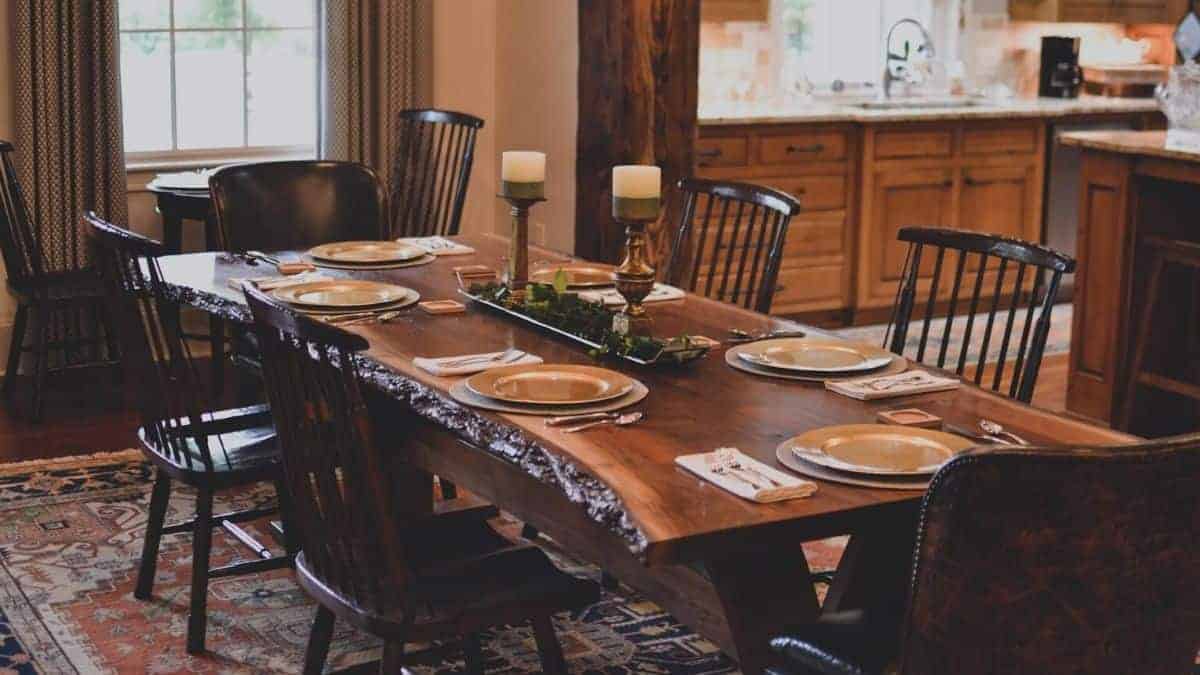Learning how to communicate in the dining room will help you improve your daily conversations and Spanish skills. That’s why in this article we compiled an extensive list of vocabulary that we use in Spanish to refer to the objects that we can find in this room. Out of the 101+ terms, it includes a rich list of verbs that are used to describe our activities and actions in this part of the house.
In order to make things easier for you, we’ve divided this article into different sections. In the first part, you’ll find a list with different objects and furniture commonly found in the dining room. Next, we compiled a list of verbs that will help you talk about the different actions that you do in this room.
Since we know that implementing this vocabulary is fundamental for improving your Spanish, the final section you’ll find useful phrase structures, expressions and some examples that will help you incorporate these dining room related words into your daily-life routine.
Spanish vocabulary for dining room objects
Below is a list of nouns that you can use to talk about or describe the different objects that you can find in a dining room. Since knowing if a noun is feminine or masculine may be complicated for new Spanish learners, every Spanish word will be preceded by their proper definite article (el, la, las, los). That way you’ll know the gender and plurality of each noun.
Objects in the dining room
| Images | English | Spanish |
 | Back of the chair | El respaldo de la silla |
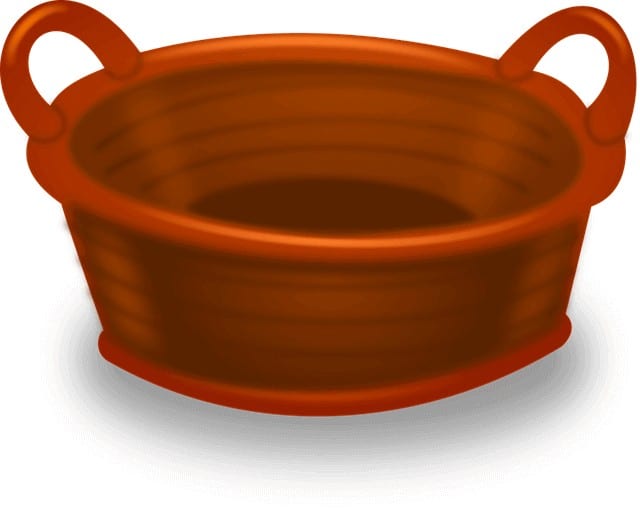 | Basket | La cesta |
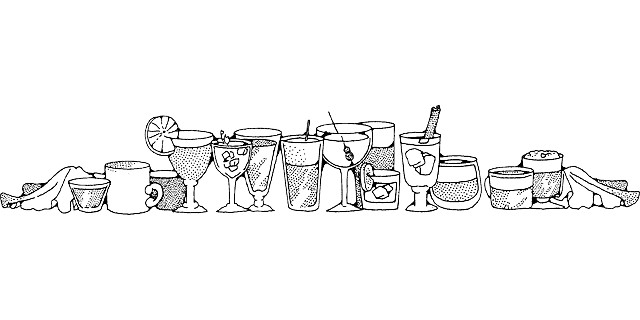 | Beverage | La bebida |
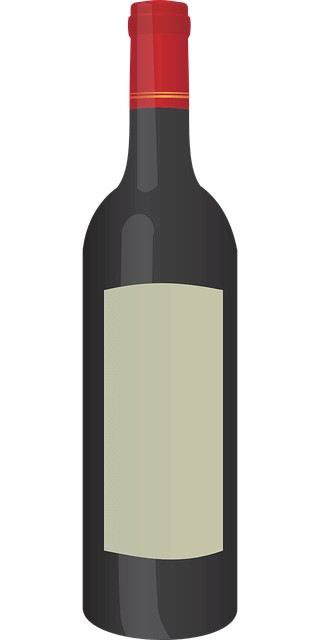 | Bottle | La botella |
 | Bowl | El cuenco |
 | Bread | El pan |
 | Breakfast | El desayuno |
 | Candelabrum | El candelabro |
 | Candle | La vela |
 | Candlestick | El candelero |
 | Centerpiece | El centro de mesa |
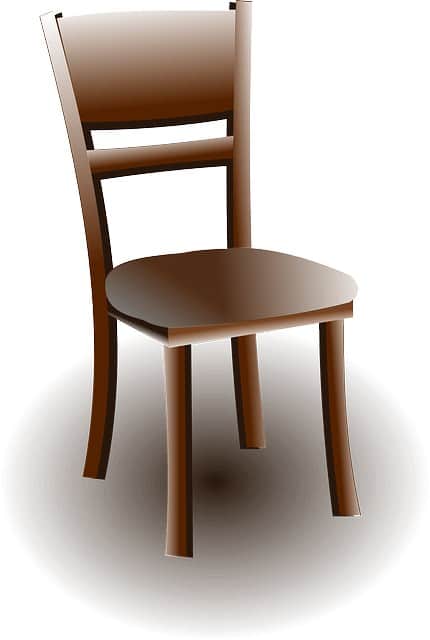 | Chairs | Las sillas |
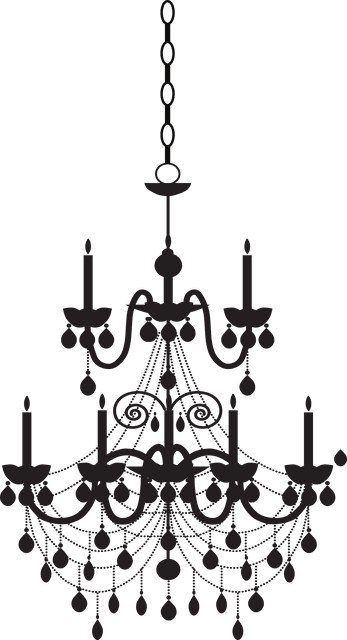 | Chandelier | El candelabro de techo / La araña |
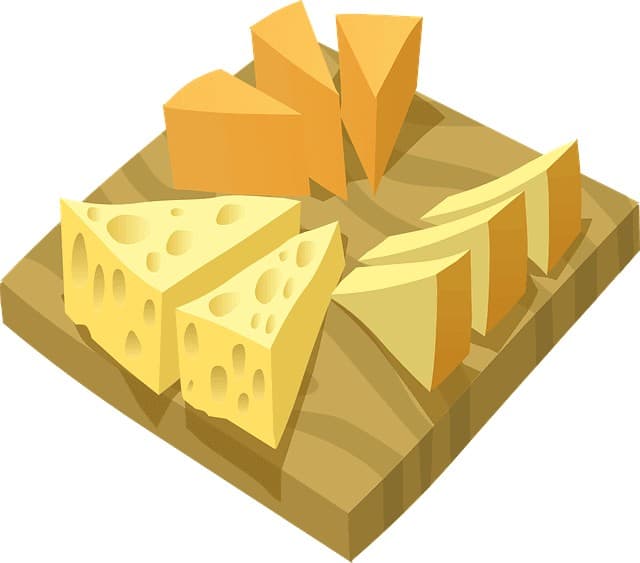 | Cheeseboard | La tabla de quesos |
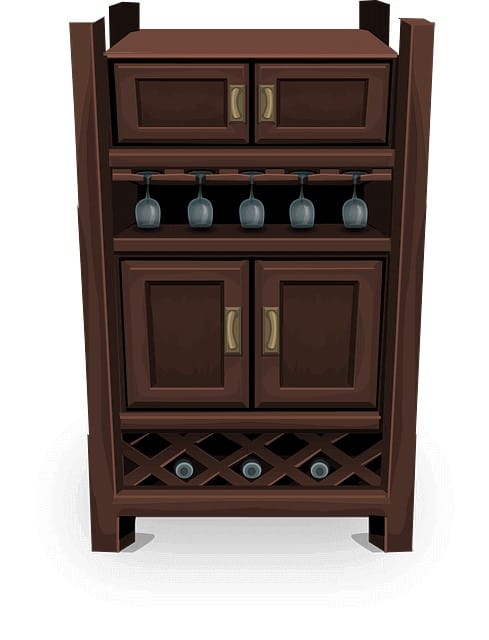 | China cabinet | El chinero / El aparador |
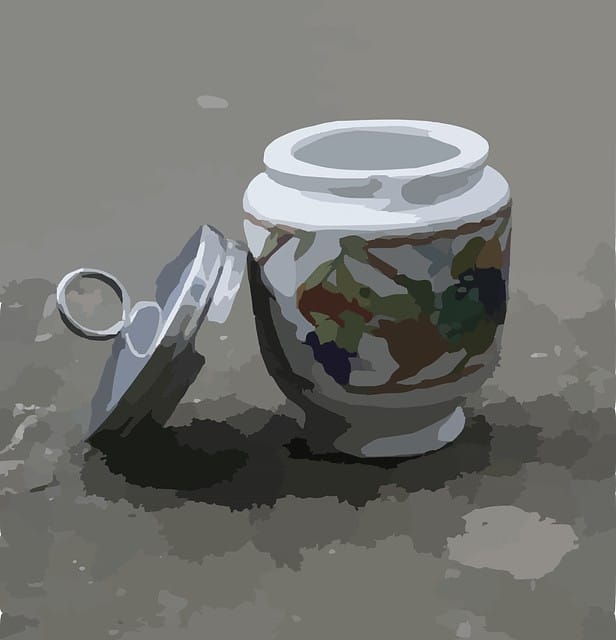 | China set | La vajilla de porcelana |
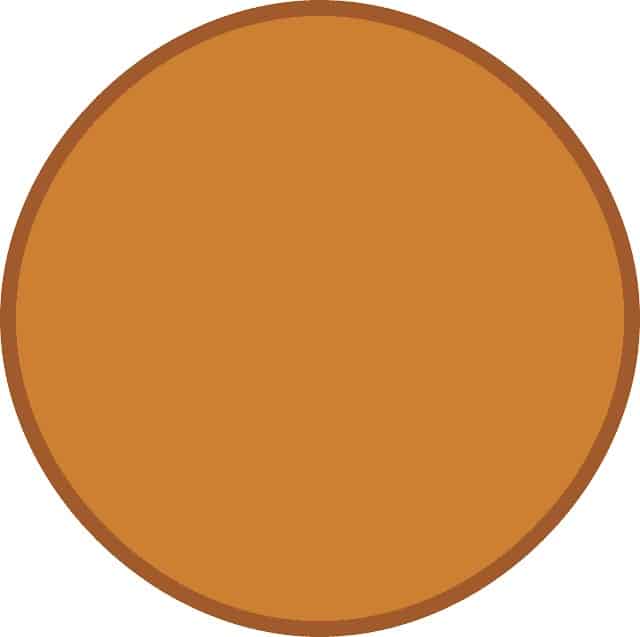 | Coaster | El posavasos |
 | Coffee pot | La cafetera |
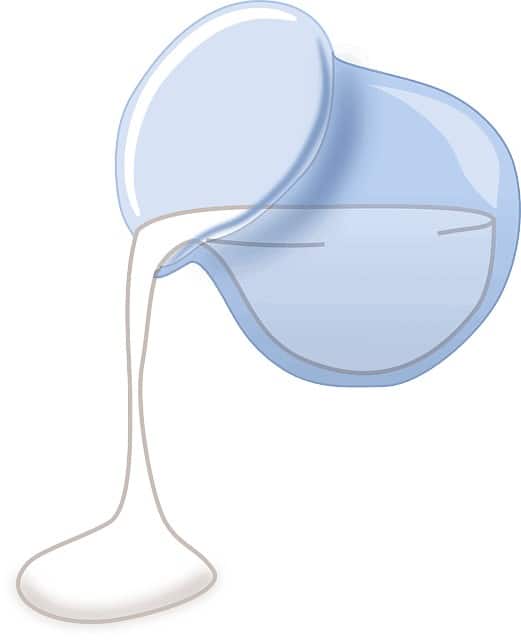 | Creamer | La jarrita para la leche |
 | Cup / Mug | La taza |
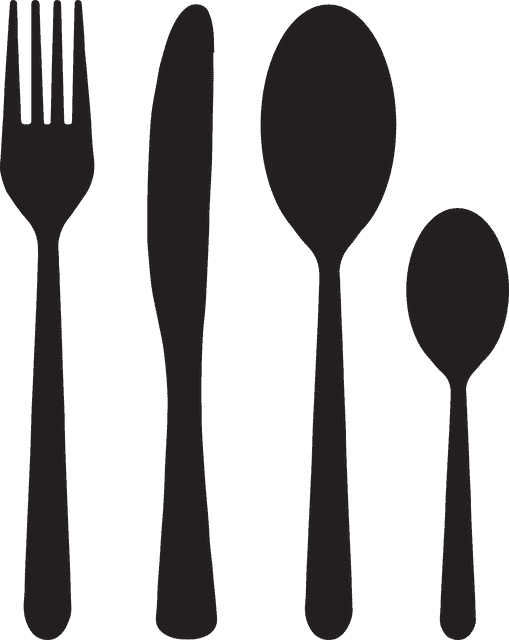 | Cutlery | Los cubiertos |
 | Dessert spoon | La cuchara de postre |
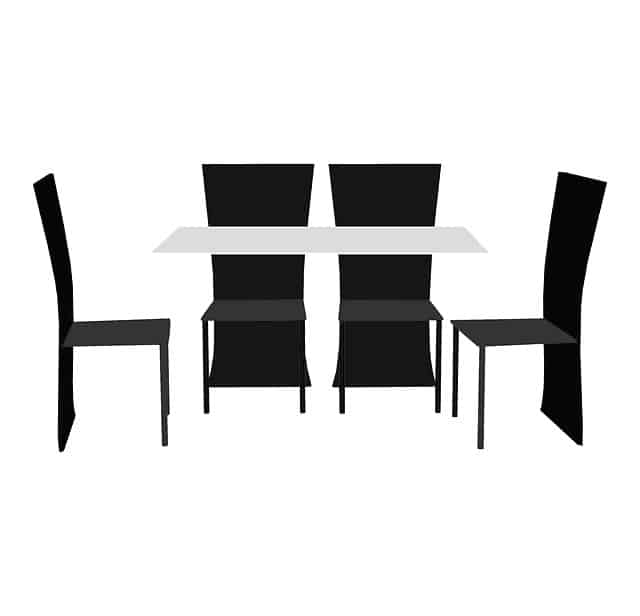 | Dining room | El comedor |
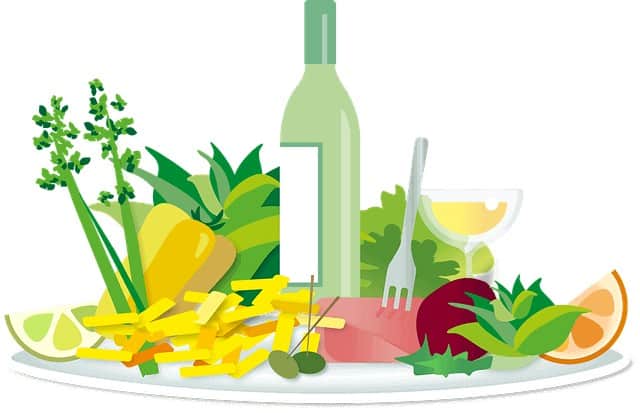 | Dinner | La cena |
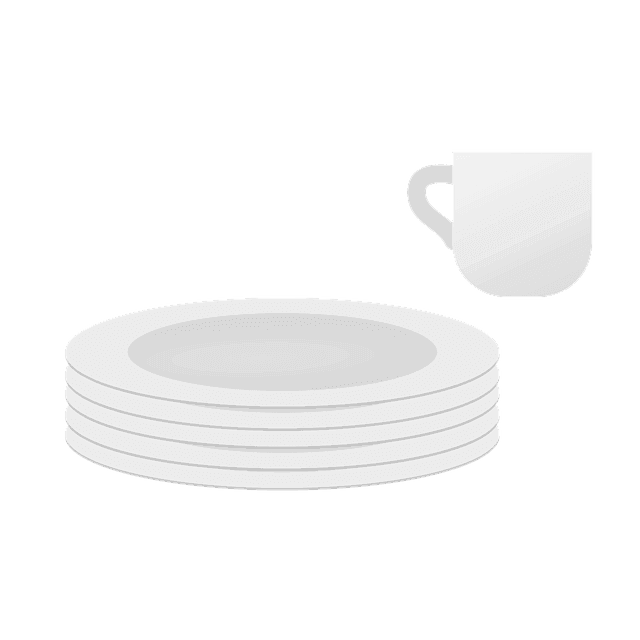 | Dishes / Crockery | La loza / La vajilla |
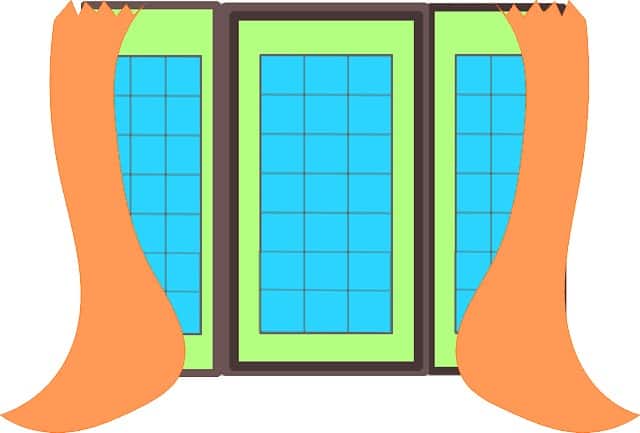 | Drapes / Curtains | Las cortinas |
 | Dressing | El aderezo |
 | Flower arrangement | El arreglo floral |
 | Fork | El tenedor |
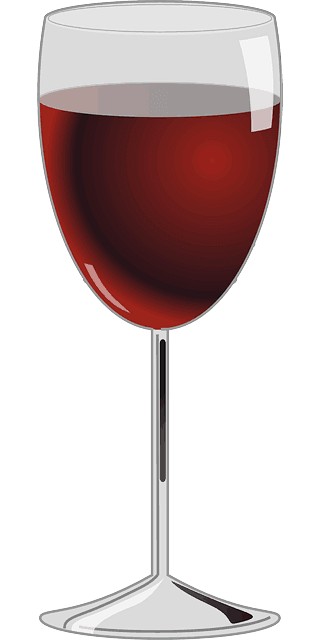 | Glass | La copa |
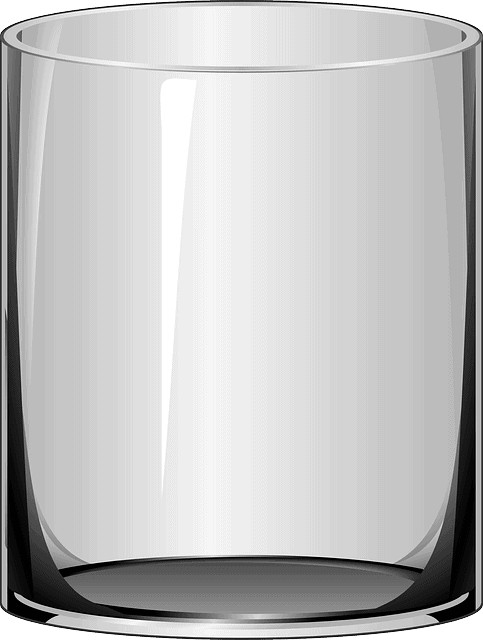 | Glass | El vaso |
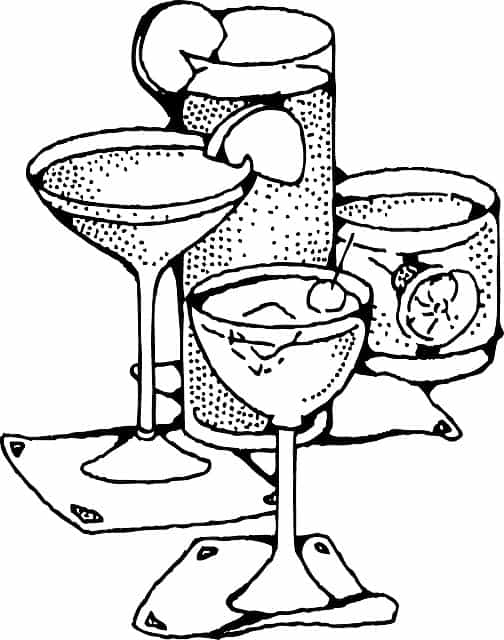 | Glassware | La cristalería |
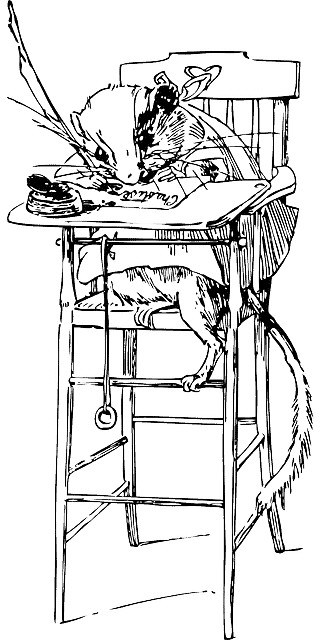 | High-chair | La silla alta / La periquera |
 | Juice | El jugo |
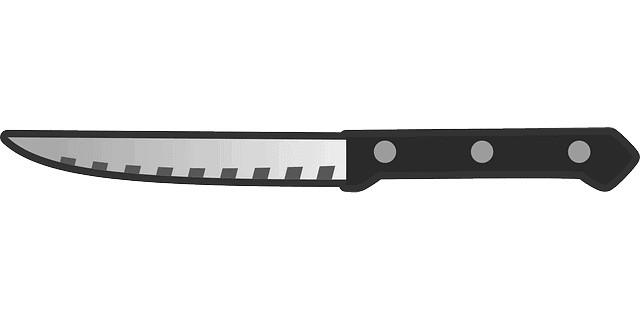 | Knife | El cuchillo |
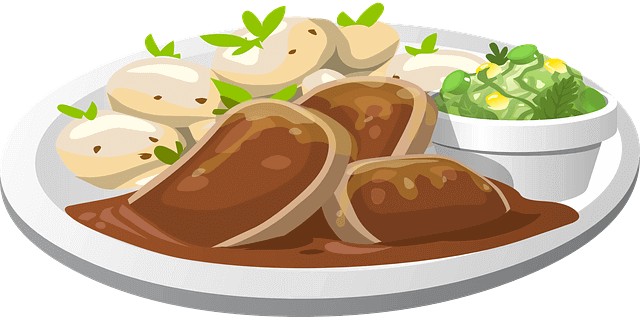 | Lunch | El almuerzo / La comida |
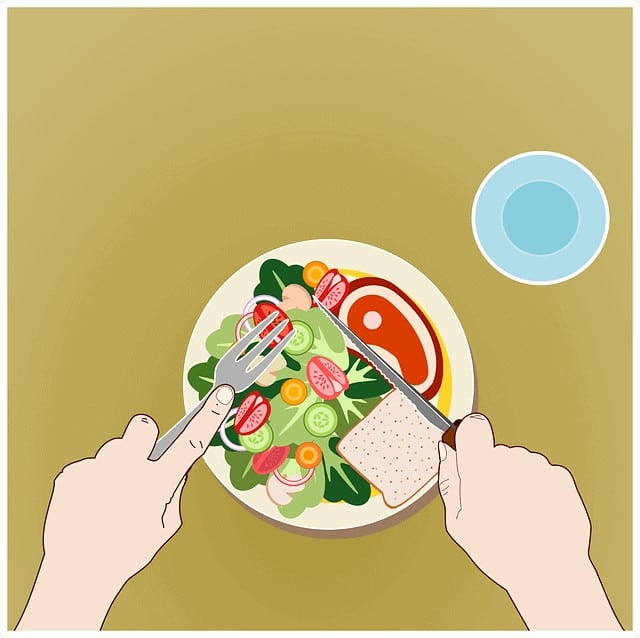 | Meal | La comida |
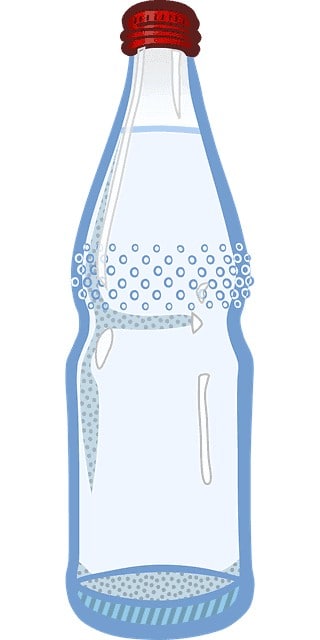 | Mineral water | El agua mineral |
 | Napkin | La servilleta |
 | Napkin ring | El aro para servilleta / La argolla para servilleta |
 | Paper napkin | La servilleta de papel |
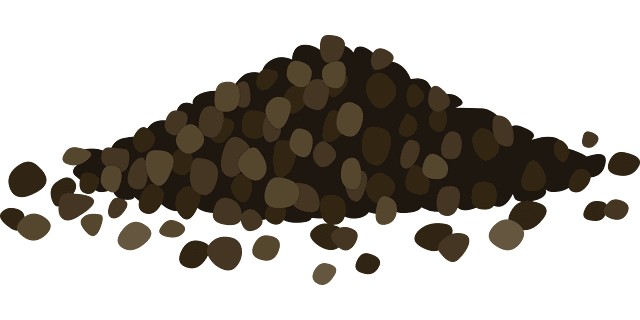 | Pepper | La pimienta |
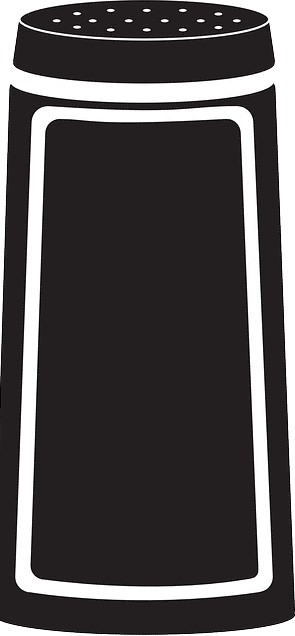 | Pepper shaker | El pimentero |
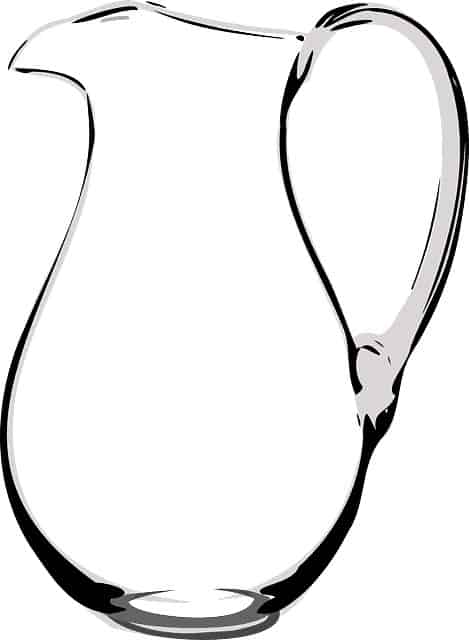 | Pitcher | La jarra |
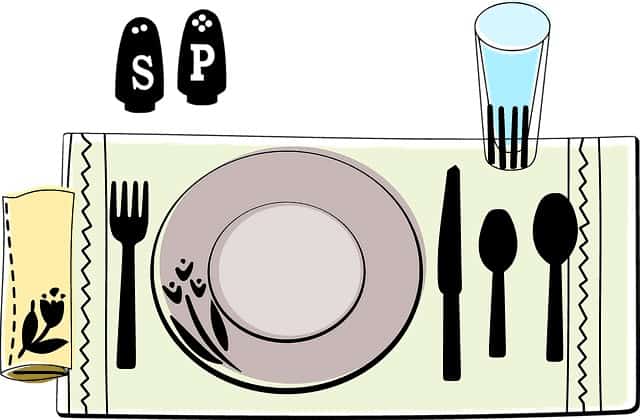 | Placemats | Los salvamanteles / Los manteles |
 | Plate | El plato |
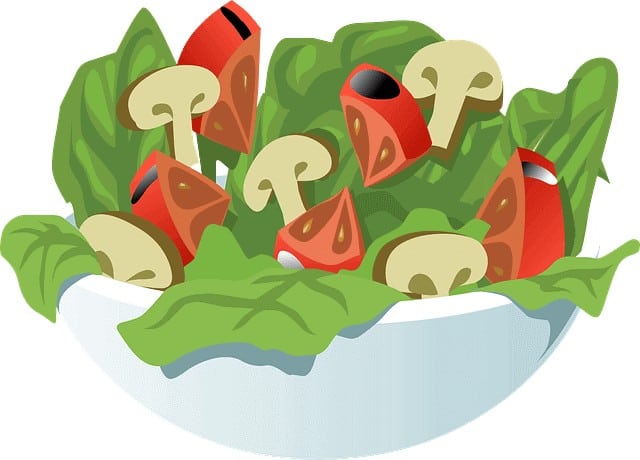 | Salad bowl | La ensaladera |
 | Salt | La sal |
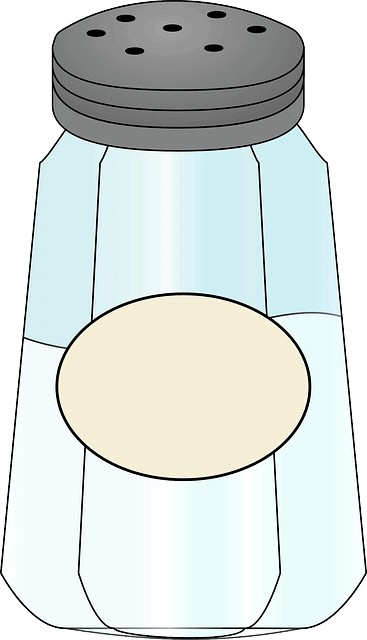 | Salt shaker / Salt cellar | El salero |
 | Sauce bowl / Gravy boat | La salsera |
 | Saucer | El platillo de café |
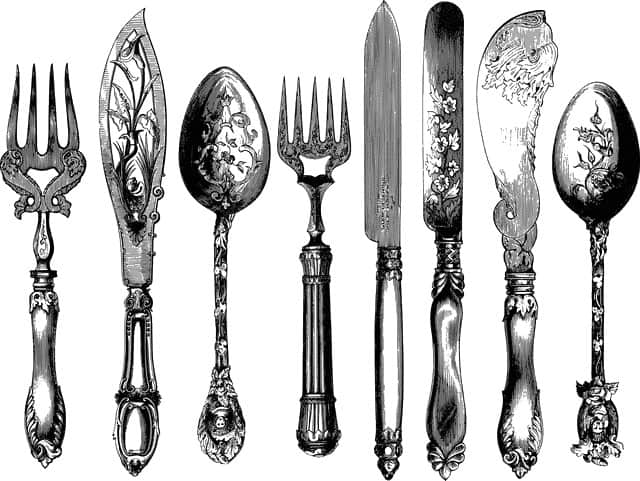 | Silverware | La cubertería |
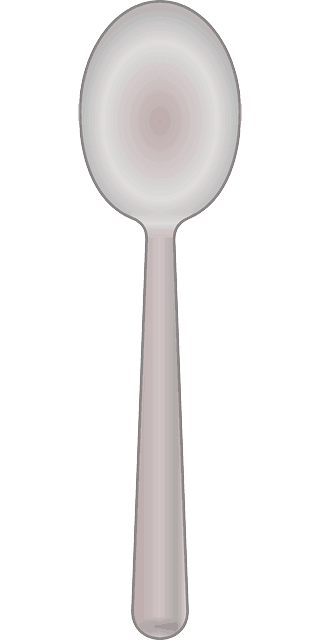 | Spoon | La cuchara |
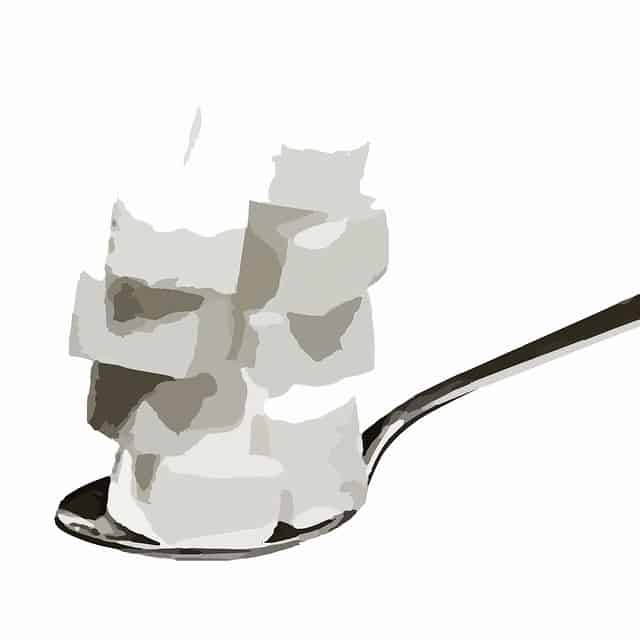 | Sugar | El azúcar |
 | Sugar bowl | La azucarera / El azucarero |
 | Table | La mesa |
 | Table cloth | El mantel |
 | Table-talk | La sobremesa |
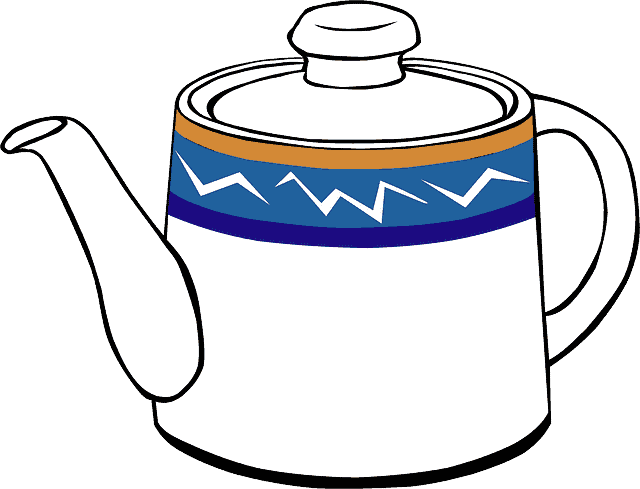 | Tea pot | La tetera |
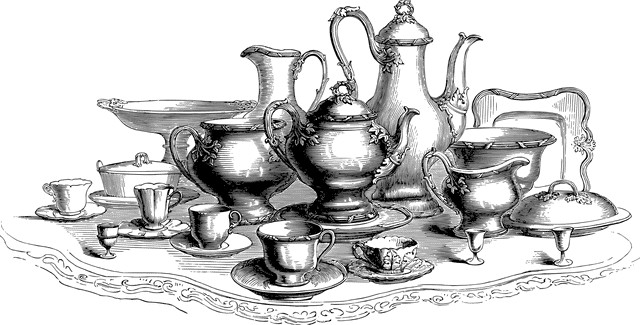 | Tea set | El juego de té |
 | Toast | El brindis |
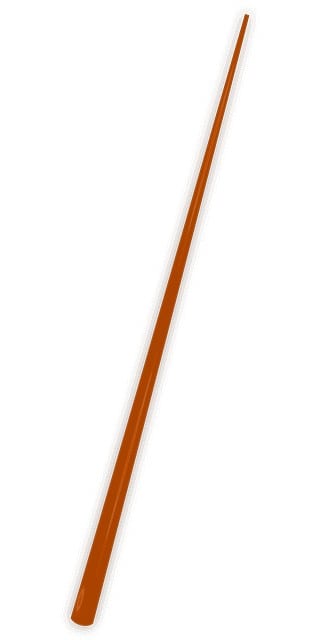 | Toothpicks | Los mondadientes / Los palillos |
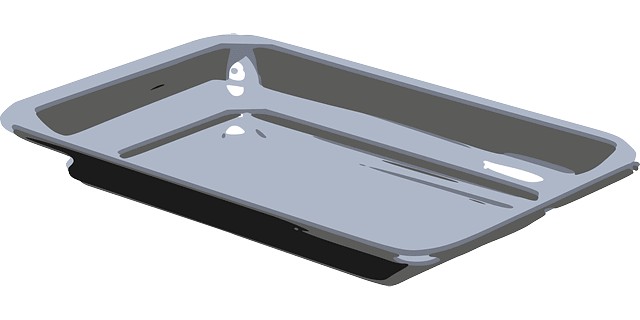 | Tray | La bandeja |
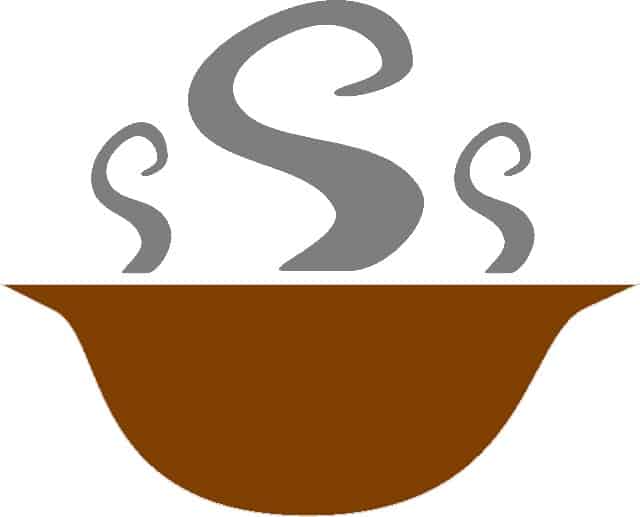 | Tureen | La sopera |
 | Water | El agua |
 | Wine | El vino |
Common Spanish Verbs Related to the Dining Room
Here is a list of Spanish verbs that we use to talk about our actions or activities in the dining room. Keep in mind that in some instances we added a synonym. This is because in some Spanish speaking countries they may use one verb more than the other. However, this vocabulary is not specific to one country. Therefore, you should feel free to use any of these words.
| English | Spanish |
| To be excused | Disculpar / Retirarse |
| To bite | Morder |
| To break | Quebrar / Romper |
| To bring | Traer |
| To chew | Masticar |
| To clean yourself / To wipe | Limpiarse |
| To clear | Limpiar la mesa / Quitar la mesa |
| To cool | Enfriar |
| To cut | Partir / Cortar |
| To dip | Mojar en / Meter en |
| To dress | Aderezar |
| To drink | Beber / Tomar |
| To eat | Comer |
| To fill | Llenar |
| To finish | Terminar |
| To fold | Doblar |
| To go with | Acompañar |
| To have a snack | Merendar |
| To have breakfast | Desayunar |
| To have dinner / To dinner | Cenar |
| To have lunch / To eat lunch | Almorzar |
| To have seconds | Repetir |
| To host | Hospedar / Albergar |
| To keep / To put away | Guardar |
| To move away | Retirar |
| To pass | Pasar |
| To prepare | Preparar |
| To put | Poner |
| To refill | Rellenar |
| To say grace | Bendecir la mesa / Dar gracias |
| To serve / To pour | Servir |
| To serve yourself | Servirse |
| To set the table | Poner la mesa |
| To sip | Sorber |
| To sit | Sentarse |
| To smell | Oler |
| To spread / To butter | Untar |
| To swallow | Tragar / Pasar |
| To take / To drink | Tomar |
| To take off / to remove | Quitar |
| To taste | Probar |
| To toast | Brindar |
| To turn off | Apagar |
| To turn on / To light a fire | Encender / Prender |
Activities, Common Phrases & Examples using Kitchen Vocabulary
A critical part of learning new Spanish vocabulary is knowing how to apply it correctly. That’s why we’ve compiled a set of different phrase structures that will help you put the dining room vocabulary into practice.
In order to do that, we’ve created different examples that contain verbs and nouns related to the dining room. By following these sentence structures, you’ll be able to apply the vocabulary listed above into real-world conversations.
Describing your Activities in the Living Room
One of the most common ways that you can start applying the dining room vocabulary that you just learned is by using it to talk about the activities you or someone else does regarding eating, dining or in the dining room. These sentences make relevant explicit use of the verbs and nouns that you learned from previous sections.
[Verb conjugated] + [complement]
Oigan, hoy cenamos a las 7 Hey you guys, today we’ll have dinner at 7
Cada semana, traigo un arreglo floral para la mesa Every week, I bring a flower arrangement for the table
Ya llené el pimentero, el salero y la azucarera I already filled the pepper shaker, the salt shaker, and the sugar bowl
Mañana tenemos visitas, entonces, vamos a usar la vajilla de porcelana Tomorrow we have guests, so, we’re going to use the china set
Ya mero termino de prender las velas y poner las copas en la mesa
I’m about to finish lighting the candles and putting the glasses on the table
As you may have noticed, the previous phrase structure can be used with different verb tenses depending on your intentions. If you wanted, you could also use it to make questions with ease.
¿Dónde pone mi mamá la jarrita de la leche? Where does my mom put the creamer?
¿Todavía no le has cambiado el mantel a la mesa? ¡Apúrate!
Haven’t you changed the table cloth? Hurry up!
Asking for Something
While in the dining room, it’s very likely that you will need to ask people to do something for you, such as passing you an object. Although there are many ways to ask questions in Spanish, here is a very common structure that you could use for these situations.
¿[Poder conjugated] + [verb infinitive] + [noun]?
¿Puedes poner más sal en el salero? Could you put more salt in the salt shaker?
Alejandra, ¿puedes traer la sillita alta de tu hermano, por favor? Alejandra, could you bring your brother’s high chair, please?
Gemma y Ramiro, ¿pueden sentarse en estas dos sillas? Gemma and Ramiro, could you sit in these chairs?
Even though the previous structure is very common, we’ve also provided the option to use the following variation. This sentence structure uses different grammar elements and is slightly more polite or formal.
¿[Indirect Object] + [poder conjugated] + [verb infinitive] + [noun]
¿Le puedes pasar la sal a tu tía? Could you pass the salt to your aunt?
Diego, ¿puedes servirme más vino? Diego, could you pour me more wine?
¿Puedes enfriarle la sopa a la niña, por favor? Could you cool the baby’s soup, please?
Notice that when using this past structure, the placement of the indirect pronoun can vary. Since putting direct and indirect pronouns in a sentence can be very challenging for new Spanish speakers, in this guide, you’ll learn how to place direct and indirect pronouns in Spanish.
Asking People if They Need Something
It’s very likely that when you’re in the dining room, you’ll need to ask people if they need something, especially if you’re hosting guests. For this situation, you can use one of the following structures.
¿[Querer conjugated] + [noun]?
Niños, ¿quieren otra servilleta? Kids, do you want another napkin?
¿Quieres azúcar o leche para tu café? Do you want sugar or milk for your coffee?
¿Quieren un vaso de vidrio o uno de plástico?
Do you guys want a glass or a cup?
This is another variation that you can also use:
¿[Querer conjugated] + [verb infinitive form]?
¿Quieres ponerle azúcar o leche a tu café? Do you want to put sugar or milk in your coffee?
Aurora y Polo, ¿quieren repetir otro plato? Aurora and Polo, do you want to have seconds?
¿Quieres mojar tu pan en la salsa? Marco, pásale la salsera a Sebastián Do you want to dip your bread in the sauce? Marco, pass the sauce bowl to Sebastian
As you may know, ‘querer’ is a very common verb to pose questions when we want to know if people need something. Nevertheless, there are some other Spanish verbs that you could use for this purpose. So, if you want to vary your vocabulary, you could replace ‘querer’, for ‘necesitar’ or ‘gustar’.
¿Necesitas otra servilleta?
Do you need another napkin?
¿Gustas otra taza de té?
Would you like another cup of tea?
Take Note: In this context, ‘gustar’ is not used to talk about likes or dislikes. As a result, we conjugate it normally. Additionally, ‘gustar’ is slightly more formal and polite than ‘querer’.
Giving Instructions or Recommendations
On top of talking about your activities in the dining room or asking questions, you could also use this Spanish vocabulary to give people instructions or recommendations. Here is the phrase structure that you need for these cases as well as some examples.
[Verb imperative form] + [complement]
Pásame la sopera, por favor Pass me the tureen, please
Corta una rebanada de pan para tu novio Cut a slice of bread for your boyfriend
Cada quien sírvase lo que quiera Everybody, serve yourselves whatever you want
Después de cenar, quita los posavasos y guárdalos After dinner, remove the coasters and put them away
Tú y Jonathan pongan la mesa mientras yo corto el pan You and Jonathan set the table while I cut the bread
Here are some examples that you use if you need to give recommendations or instructions about the things you don’t want people to do.
No + [Verb imperative form] + [complement]
No pongan la mesa todavía, es muy temprano Don’t set the table yet, it’s very early
Manuel, no olvides traer los mondadientes Manuel, don’t forget to bring the toothpicks
Compliment the Host or the Food
Whether you’re having guests over or you’re someone else’s guest, one important thing that you need to learn is how to use the Spanish dining room to compliment the host. Knowing how to do this will allow you to be able to compliment your host’s food, furniture, or any other of their objects in the dining room. Here is how to do this as well as some examples.
Qué + [adjective] + está + [singular noun]
Adela, ¡qué rica está tu sopa! Adela, your soup is splendid!
¡Qué bonita está tu vajilla! ¿Dónde la compraste? Your crockery is so pretty! Where did you buy it?
Notice that this previous structure only works when referring to a singular noun. So if you want to refer to a plural noun, you’ll need to use the following structure.
Qué + [adjective] + están + [plural noun]
¡Qué sabrosos están los quesos! The cheeses are delicious!
¡Señora, ¡qué bonitos están sus centros de mesa! ¿Usted los hizo? Your centerpieces are very pretty, mam! Did you make them yourself?
Although this structure is very common, you could also replace the verb ‘estar’ for one verb related to the five senses. Here are some examples:
¡Qué bien huele el pan!
The bread smells pretty good!
Adela, ¡qué buena sabe la sopa!
Adela, the soup tastes very good!
If you’re not sure what verbs you can use, in this article, I’ll explain to you the different Spanish verbs for the senses as well as some useful expressions.
Additionally, keep in mind that you can use any adjective that you want. However, if you decide to use bien and bueno, make sure to check their rules so you can apply them properly without affecting your fluency.
Wrapping Up
Relating your Spanish to daily-life situations or objects will allow you to improve your fluency and communication skills, however, many situations require domain-specific vocabulary, such as talking about the dining room. This guide covered more than 101 common nouns and verbs to express yourself in Spanish in regards to the eating, dinner and the dining room.
In order to help you apply this vocabulary into your conversations, we also learned some common phrases structures that you can use with these verbs and we provided you with some examples. Finally, we showed you some useful phrases to compliment your host’s food, furniture or objects.

